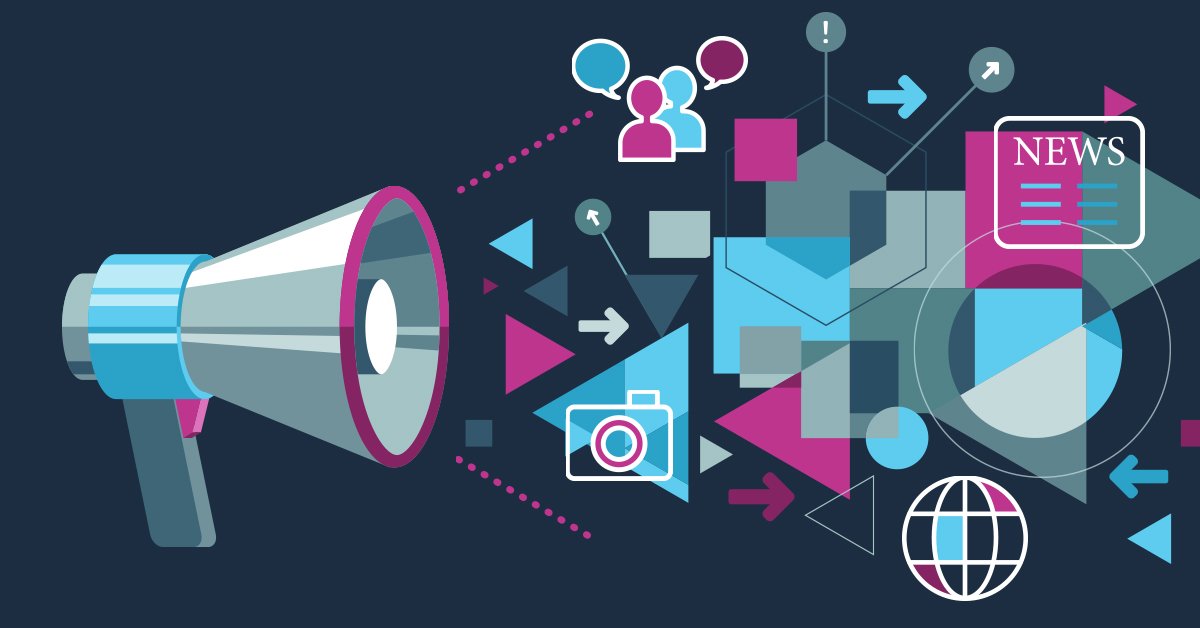“PR and advertising are the same thing, right?”
Working at a full-service agency, we hear this a lot. Many times, new clients, potential clients, and professionals in general don’t know the difference between public relations and advertising. They might assume that PR IS advertising (or vice versa)—this is a common misperception. I’m here to clear the air and explain the differences between the two disciplines, as well as the similarities, to explain the value that the PR brings to the table.
Differences
Paid vs. Free
As the saying goes, “advertising is what you pay for, publicity is what you pray for.” This is the easiest way to explain the difference between PR and advertising. Advertising costs money, and PR is free… well, kind of free. You are still paying your PR professional to find potential opportunities and coordinate them for you, of course. But, you are not paying for the media placement itself. This is called “earned media.” Earned media can be an article in the newspaper or a magazine, a TV or radio interview, or an online blog post. Advertising that you pay for can be a TV commercial, a radio spot, a print ad in a newspaper or magazine, or a banner ad on an online website, for example.
Control
With advertising, you have complete control over the messaging and imagery displayed in your ad. It can be whatever you want it to be (and of course, will paint your company in the very best light). Plus, you are guaranteed placement. With public relations, there is little to no control over a reporter’s story, and no guarantee there will be a story at all. As PR professionals, we give reporters resources to guide them, but ultimately, the story will say whatever they want it to—even as PR gurus, we don’t have any control over that.
Credibility
Generally speaking, consumers can become skeptical of advertisements. By utilizing public relations, we are able to better gain the consumer’s trust. Information coming from a third party can often seem more credible and authentic. Think about it like this, would you believe that a product is game-changing because an advertisement told you so? Or, would you be more motivated to try it out if your friend had an experience with the product and told you how awesome it was?
Attention
Consumers get bombarded with thousands of ads every day. So, more often than not, they end up completely tuning them out (unless an ad really gets their attention and/or is tailored to them). This is why things like ad blockers and premium Spotify and Hulu accounts are so popular, because people can skip ads altogether. On the flip side, consumers actively seek out news stories, articles, blog posts, and radio shows. They actually WANT to consume that content, which is why PR is so important in this day-and-age. Earned media gets (and keeps) customers’ attention, which is one of the hottest commodities on the market.
Shelf Life
An ad has a much longer shelf life than a news story. You can have the same billboard for months, reuse the same print ad over and over again, or keep rerunning the same commercial if you want. But, in public relations, we can’t pitch the same story time and time again. In today’s 24/7 news cycle, news gets old FAST. As PR professionals, we have to keep it fresh and continually develop new and exciting angles and storylines to pitch before the media moves on.
Sales vs. Awareness
With some types of advertising, it’s relatively easy to attribute results directly to a campaign. Perhaps it’s a Pay-Per-Click (PPC) campaign; we can see how many purchases were completed on a website after the user clicked on an ad. Or a radio spot that mentions a landing page; we can track how many form fills come from that unique URL. With PR, it’s all about brand awareness. It is almost impossible to measure our direct impact on sales or ROI. Our mission is to create buzz and have seemingly everyone talking about your company. Although it’s hard to measure, brand awareness is important and leads to overall success in the long run.
Similarities
Target Audiences
Reaching a target audience is a main goal of advertising. Media buyers purchase TV dayparts, radio airtime, and print ads in publications that their target demo reads, watches, and listens to. PR professionals do the same thing! Are we trying to reach baby boomers? We’ll pitch a print publication they are likely to read. Are we trying to reach millennials? We’ll work with influential bloggers to review a new product. It’s all about honing in and getting our message in the right media outlet, so we can be sure we are talking to the right audience.
Creativity
Creativity goes hand-in-hand with advertising. This is a given. Brainstorming and creating off-the-wall ideas and unique campaigns is what advertising is all about. (Check out our article on the topic while you’re at it.) Would you be surprised if I told you that in PR we use a great deal of creativity too? How else would we be able to continually come up with newsworthy storylines, or think of fun events to get the media excited? We are constantly exercising the creative part of our brain in the PR department to secure coverage for our clients.
Overarching Goal
Lastly, the most important thing that public relations and advertising have in common is that we are all working towards the same overarching goal: success for our clients. Each department does their part to contribute, and the whole is greater than the sum of the parts. At Zion & Zion, we pride ourselves on our integration between departments and teamwork that achieves meaningful results for our clients, helping them achieve their goals.
In Conclusion
At the end of the day, a fully integrated campaign can take your business to the next level, with both public relations and advertising performing their distinct functions.
